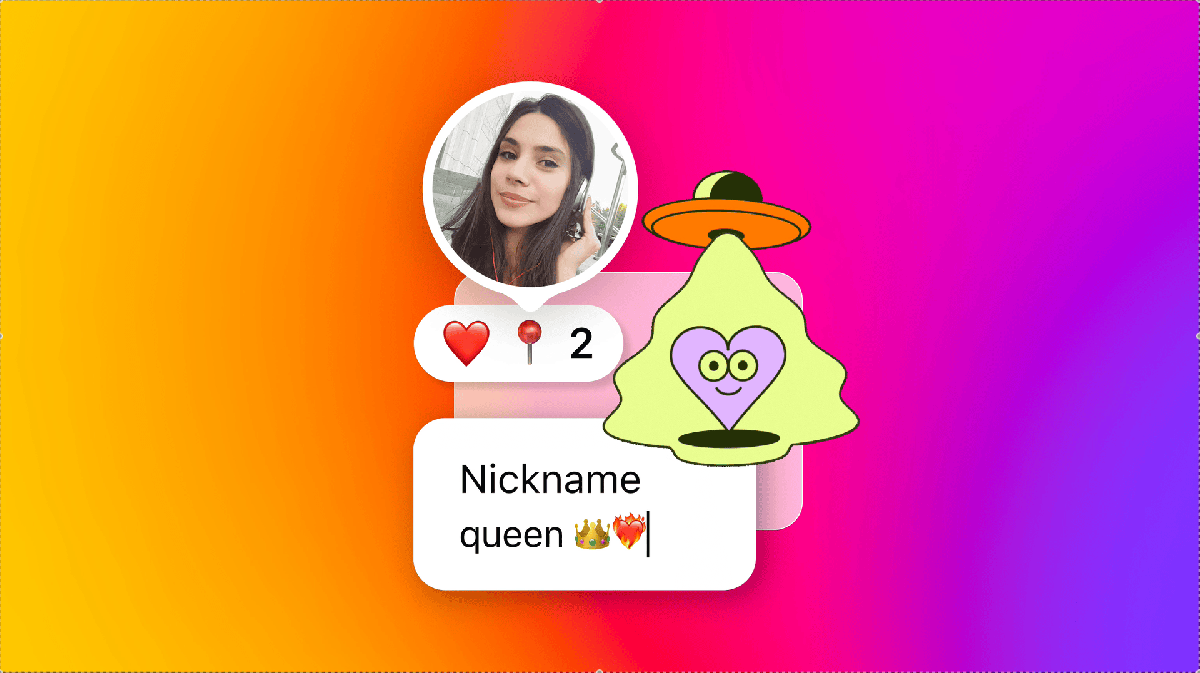The Intricate Process of AAA Game Character Design: A Comprehensive Guide
In the realm of AAA gaming, character design is an art form that combines creativity, technical skill, and a deep understanding of storytelling. The characters we encounter in these high-budget, high-profile games are not just simple avatars; they are fully realized personas with distinct narratives and visual aesthetics. Let’s take a deep dive into the multifaceted process of AAA game character design, exploring each stage and understanding how these digital figures come to life.
Conceptualization: Crafting the Narrative and Aesthetic
Every great character begins with a well-thought-out concept. This initial phase is where the design team lays the foundation for the character’s story, mood, and appearance. Designers start by creating detailed sketches of the character from multiple angles, ensuring that every aspect of the character’s existence is captured, even those not immediately visible to players. For instance, what lies beneath a character’s coat or their hidden accessories are planned and drawn at this stage.
During this phase, artists ensure that the character’s anatomy is accurate, which is crucial for believable animation later on. The design process involves numerous iterations, with quick sketches and silhouettes being assessed to find the most striking and effective design. Once a satisfactory silhouette is chosen, the design is further refined, detailing aspects like location within the game world and the materials associated with the character.
Blocking: Shaping the Character in 3D
Once the character concept is finalized, the next step is blocking. This involves creating a basic 3D model that defines the character’s primary shapes and volumes. Think of it as a rough framework that outlines the character’s general proportions and structure. During blocking, designers focus on crafting essential features such as joints and overall proportions.
This stage is typically necessary for all AAA game characters unless the character design is highly stylized or possesses unique technical requirements. The blocking process helps in visualizing how the character will occupy space within the game world and sets the stage for detailed work in subsequent phases.
High-Poly Modeling: Adding Detail and Realism
High-poly modeling is where the character truly begins to take shape. In this stage, artists add intricate details to the character’s design, focusing on elements like clothing, anatomy, and any objects the character might carry. This involves recreating the finer aspects of the character, such as muscle definition, facial features, and even the soles of shoes, often using sculpting software like Zbrush.
Creating realistic clothing for the character might require additional tools, especially if the character’s attire needs to mimic real-world physics. Tools like Marvelous Designer allow artists to simulate fabric behavior, ensuring that garments flow and drape naturally on the character’s body. Once the clothing is designed, it’s integrated back into the character model, with attention given to every small detail, from buttons to patches.
For realistic hair, third-party software such as Fibershop, Houdini, or Xgen is often employed, while stylized hair can be created directly within Zbrush. Each of these tools offers unique capabilities that help bring out the desired level of realism or stylistic flair in the character design.
Retopology: Optimizing for Performance
The high-poly model, while detailed, is not suitable for real-time rendering due to its complexity. This is where retopology comes into play. Retopology involves creating a low-poly version of the character model, which is significantly lighter and more manageable for game engines. This optimized model retains the appearance of the high-poly version but is designed to run efficiently on gaming hardware.
Tools like Blender, Maya, and 3DS Max are used for this process. During retopology, designers must also consider the character’s animatability, ensuring that mobile areas like knees, elbows, and fingers are well-defined to facilitate smooth animation.
UV Mapping: Preparing for Texturing
Once the low-poly model is ready, the next step is UV mapping. This process involves transferring the details from the high-poly model onto the low-poly version. UV mapping is akin to creating a flat, 2D version of the 3D model, similar to how a piece of paper can be folded into an origami shape. This “unwrapped” model is then used as a canvas for texturing.
Baking: Transferring Detailed Features
Baking is a crucial step in the character design process where the high-poly model’s details are transferred onto the low-poly version. This involves projecting 3D details onto a 2D texture map, which can be rendered efficiently in-game. The baking process requires precision and is typically carried out using specialized software like Substance Painter or Marmoset Toolbag.
During baking, the illusion of depth and detail is achieved through lighting and shading effects in the game engine, allowing the character model to appear detailed despite having fewer polygons.
Texturing: Bringing the Character to Life
Texturing is the final phase of the character design process and involves painting and creating materials for the character. This stage gives the character its color, texture, and finish, adding realism or stylistic elements as needed. Programs like 3D Coat and Substance Painter are commonly used for texturing, allowing artists to layer textures and apply them with precision.
The texturing process is similar to working with layers in Photoshop, but with the added complexity of procedural generation and filling techniques. The choice of texturing method, whether PBR (Physically Based Rendering) or hand-painted, depends on the game’s genre and style.
Once texturing is complete, the character’s materials are saved in formats compatible with the intended game engine, such as Unity or Unreal Engine. Each engine has specific requirements for textures, which are taken into consideration during the export process.
Final Touches: Animation and Beyond
With the character fully designed and textured, the final step is animation. Advanced techniques, including the use of AI and machine learning, are often employed to create fluid and engaging animations. These technologies help enhance the character’s movements, making them more lifelike and immersive for players.
In conclusion, the process of AAA game character design is a complex and meticulous journey that combines artistry with technical expertise. Each stage, from initial concept to final animation, plays a crucial role in bringing characters to life in the gaming world. For more insight into the art of game design, visit the original article at juegostudio.com.
For more Information, Refer to this article.

































